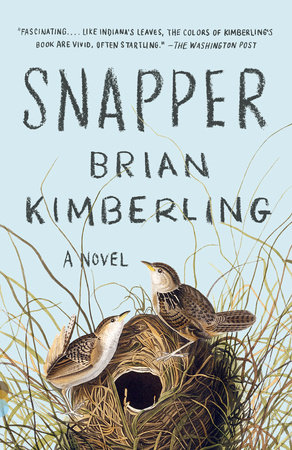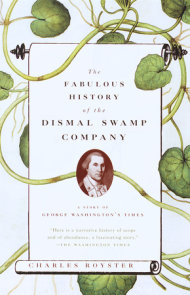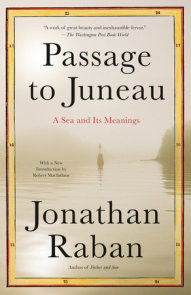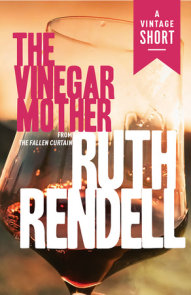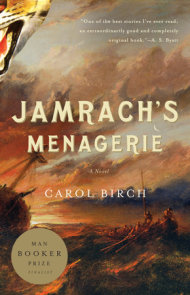READERS GUIDE
The questions contained in this guide are designed to enhance your reading group’s discussion of Snapper. Explore debut author Brian Kimberling’s series of vignettes told about birding, Hoosiers, and love.Introduction
In Snapper, Brian Kimberling presents a hilarious new voice in fiction: the poignant, all-too-human recollections of an affable bird researcher in backwater Indiana as he goes through a disastrous yet heartening love affair with the place and its people.Nathan Lochmueller studies birds for just enough money to live and learn on. He drives a glitter-festooned truck, the Gypsy Moth, and he is in love with Lola, a woman so free-spirited and mysterious she can break a man’s heart with a sigh or a shrug. Around them swirls a remarkable cast of characters: the proprietor of Fast Eddie’s Burgers & Beer; the genius behind “Thong Thursdays”; Uncle Dart, a Texan who brings his swagger to Indiana with profound and nearly devastating results; a snapping turtle with a taste for thumbs; a German shepherd who howls backup vocals; and the very charismatic state of Indiana itself. And at the center of it all is Nathan, creeping through the forest to observe the birds he loves and coming to terms with the accidental turns his life has taken.
Questions and Topics for Discussion
1. The book opens with “I got my job by accident.” How does this set the tone of the book? Does it describe the path of Nathan’s life? How does this idea apply to the secondary characters in the book?
2. Snapper revolves around birdwatching. What part do animals play in the book? How do animals help to move the story and define the characters? In what way are they characters themselves?
3. Several of the stories feature Lola. Is Nathan’s infatuation with Lola affected by her unavailability? Does Nathan love Lola? How do Nathan’s other relationships compare to his with Lola?
4. How does Nathan treat his relationships? Does he have trouble committing to anything? To anyone? Is he better on his own or with someone?
5. Does the book portray men and women with mutual respect? Does one gender have more control or power than the other or are they equal?
6. Kimberling references Peter Taylor, a loyal Tennessee native, and Nathan is clearly from Indiana. How much are the main characters defined by their home states? If Dart and Loretta represent Texas, then how do they differ from the characters from Indiana? Is it significant that Nathan’s mother is from Texas and his father is from Indiana?
7. The author also references to Katherine Anne Porter, whose writing deals with topics like justice, betrayal, and the unforgiving nature of humans. How are these topics handled in the story?
8. Uncle Dart squares off with the Klan yet displays his own prejudices. Is this solely to bother Nathan? At what point is a joke to be taken seriously? Or is it simply wrong to joke about certain topics? Where do you believe the boundaries are?
9. Nathan claims to “wax wroth with Darcy” yet seldom speaks with anger or indignity. Does he believe he has stronger convictions than he shows? Does he take an active or passive approach? How does his taste in literature match his ideals and represent his values?
10. This book deals with tolerance on many different levels and on many topics. How much can be overlooked? Lola does not hide the fact that she has multiple lovers. How forgiving are we due to love, or lust? Dart and Loretta return to Texas. How much can we be expected to accept from our family?
11. Nathan parts ways with John at the end of chapter IV. Why do long friendships end or fail to be rekindled? Darren is obviously not an ideal roommate, but is allowed to stay until he hurts Nathan. When does the line get crossed with friends?
12. What can be taken from Nathan’s encounter with Maud and Ernie? Why were they offended? They welcome all to their diner. Are they choosing to turn a blind eye unless forced to do otherwise?
13. Nathan has encounters with veterans. Once in the woods, and another in the vet center. Compare the two encounters with each other and with Nathan`s experience in Outward Bound. How do these three experiences complement each other? How do they differ?
14. Have you tried, à la Ernest Hemingway, to write a story in six words? How long does a story need to be? Is this a story collection or a novel? What is the difference? How important is a plotline in telling a story? Is it more satisfying to have one or more enjoyable to be free of the bounds of the structure?
15. Lola has clearly changed in Nathan’s eyes later in the story. How has Lola changed? How has Nathan changed? Do they have the same values now as in their youth?
16. Nathan compares headlights and traffic lights to his patch of woods. He laments, “Oh, people. My people” (page 210). Would Nathan and Shane as young men stop to pick up an older Nathan waving his arms in the middle of the road?
17. How do these stories follow the tradition of American folk tales? How do they not?
18. The last chapter is titled “Elegy.” To whom or what does this refer?
19. Why is the book entitled Snapper?







